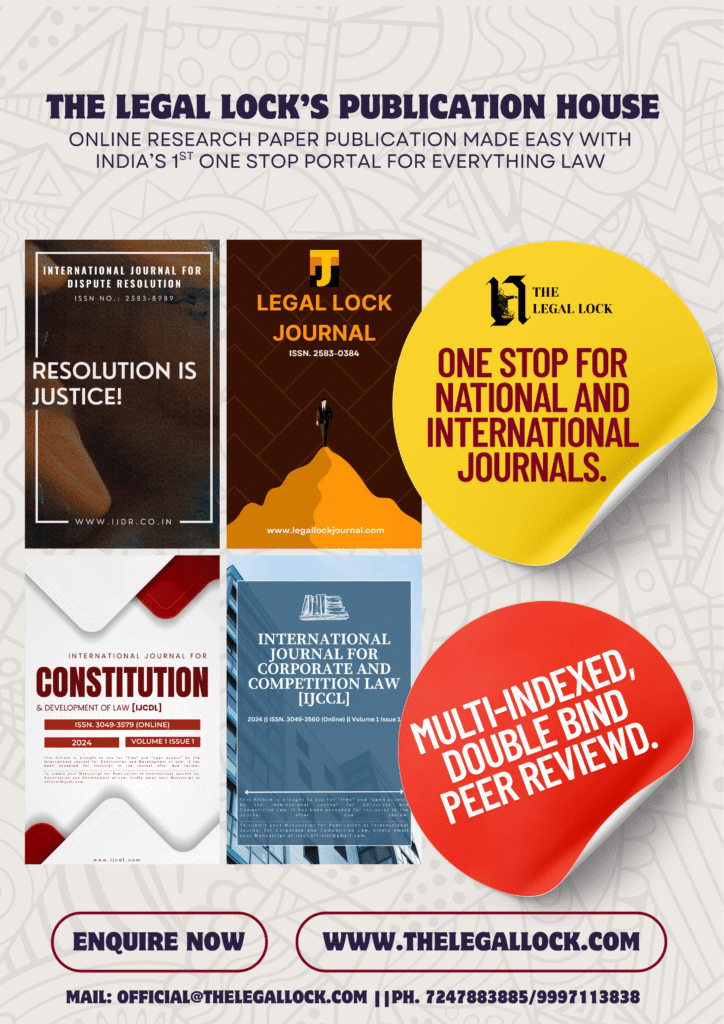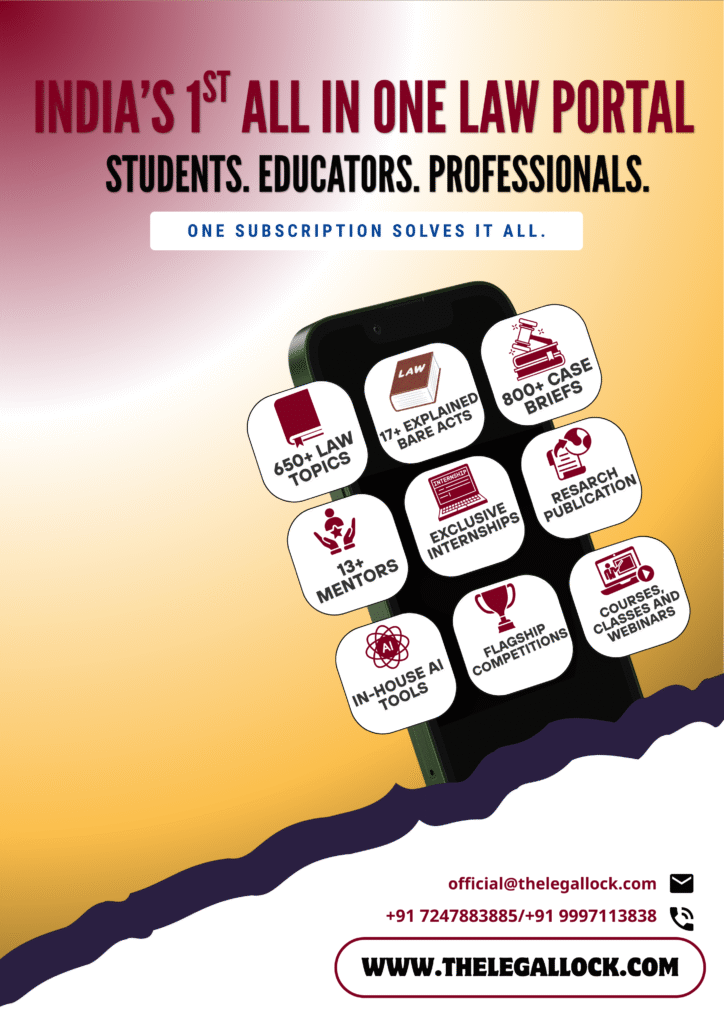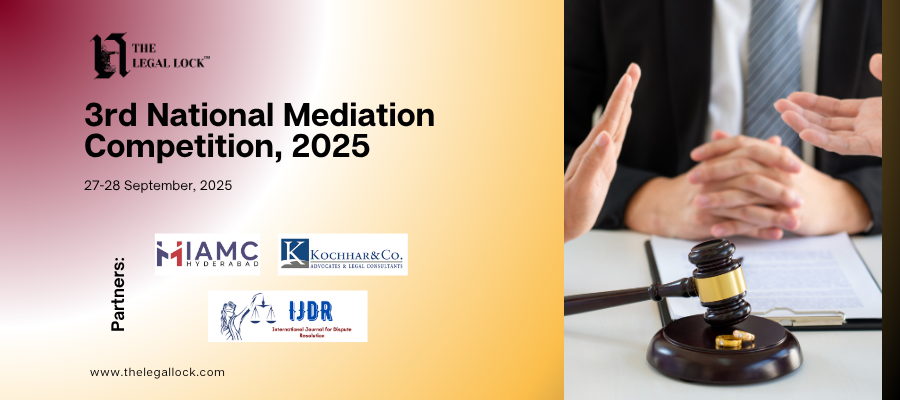MATERNITY LEAVE BENEFITS & PATERNITY LEAVE

Long gone are those days when childbirth, it’s responsibilities and the post natal and prenatal care was only “mother” oriented. In today’s world, the father of the child is equally responsible during and after the pregnancy of a woman. Having said that, to recognize the said issue and notion, the Government took a step for the new generation parents and passed a Maternity Bill in the year 2017 which accords women/ mothers to take up paid maternity leave up to 26 weeks by overriding the time period of 12 weeks which was mentioned earlier. However, it is very unfortunate to realize that India has still not set down the notion of “paternity leave”. When maternity leave is a right, paternity leaves are not a mandate. It’s up to the organizations/ institutions to approve the said leave or not. However, male employees can take casual leaves for a period of 15 days for the said purpose.
The Maternity Bill explicitly talks about protection of women’s/mother’s rights and protecting their job tenure while on maternity leave and such leave shall be a paid leave, however there’s no expressed or implied mention of paternity leaves.
MATERNITY LEAVE
Generally speaking, maternity benefits are the financial assistance and work security that women/ mothers receive both during and after motherhood or pregnancy so to speak. These advantages guarantee that mothers have the time they need to recuperate from giving birth and tend to their infants. Even the Universal Declaration of Human Rights I.e., UDHR recognized that the mother and children shall be given special care and assistance at any cost (Article 25). Even the Constitution of India in its Part III has evidently given exception to provisions of article 15 I.e., prohibition of discrimination by the state on grounds of religion, race, caste, sex or place of birth however, the exception to article 15 under sub-clause (3) empowers the state to provide special provisions for the development of women and children.
The said leave prevents the employers from dismissing their women employees who are under maternal leaves to be terminated on the said account.
The Government of India passed the legislation in year 2017 namely the Maternity Benefit (Amendment) Act, 2017 with the sole purpose to make sure women’s rights are protected during the course of their pregnancy and they shall be entitled to paid
leaves during the period of maternal leaves. Government establishments (in layman’s terms, women employed in Central Government’s or State Government’s jobs), Mines, Shops, Factories, Plants and many more are a few of the establishments that are covered under the umbrella of the Act to protect women’s rights. However, in order to be protected under the said act, the women employee must have worked under such an establishment for at lease 80 days or 2.5 months within immediately preceding year.
However, before the 2017 amendment, the total period of maternity leaves were upto 12 weeks, and fortunately enough the 2017 amendment extended the period from 12 weeks to 26 weeks of maternity leaves. The period of 26 weeks can either be taken post or pre pregnancy or even on a split basis solely depending on the women/ mother. However, it is to be noted that there is absolutely no bar in India to have more than 2 children, but, the rules are a bit different. The award of 26 weeks of paid maternity leaves only covers up to 2 children, however, then the question arises what if someone decides to have a 3rd child? To that, the Indian judiciary has time and again passed several judgement stating that India having no bar on number of children, cannot prevent someone from having children more than 2, however the period of 26 weeks extends up to 2 children, in case of a 3rd child, the paid maternity leaves that can be provided would be 12 weeks which again can be taken as per the women’s wishes. In case of a mother who decides to adopt a child who is below 3 months of age, in such a case also, 12 weeks of paid maternity leave is accorded.
Municipal Corporation of Delhi v. Female Workers (Muster Roll) [AIR 2000 SC 1274]
The prime issue in this case was whether women employed on a casual basis or muster roll (temporary workers) are entitled to maternity benefits under the Maternity Benefit Act. The Hon’ble Supreme Court in this case ruled in favor of the respondents and explicitly noted that Maternity leave is a fundamental right and must be extended to all female workers irrespective of their job tenure and status whether it’s permanent or contractual. Article 15(3) of the Constitution covers the ambit of maternity leaves and the notion of having special provisions for women and children. Article 42 also speaks about provision for
just and humane conditions of work and maternity relief which the employers have to keep in mind.
Neera Mathur v. LIC of India, [AIR 1992 SC 392]
This is yet another landmark judgement where the petitioner alleged that while she was in the process of getting recruited at LIC, she was asked to disclose personal details, including her menstrual cycle and pregnancy status. The Hon’ble Supreme Court of India underlined such a demand from the respondents to be invading and violation of privacy and dignity of a woman and further noted that a woman should not be recruited or evaluated or employed based on her reproductive status or menstrual cycle.
Dr. Kavita Yadav vs. Secretary, Ministry of Health and Family Welfare Department [2023 SCC OnLine SC 1067]
The aforementioned was decided by the Supreme Court of India on August 17, 2023, is a very recent case and a landmark judgment concerning maternity benefits for contractual employees whose terms have ended during the maternity leave. Allegedly, the petitioner is a Senior Resident (Pathology) at Janakpuri Super Speciality Hospital, which is an autonomous institute under the Government of NCT of Delhi and rhe respondents are The Secretary, Ministry of Health and Family Welfare Department & Others. The brief facts of the case are as such, that the petitioner had applied for maternity leave commencing June 1, 2017, under Section 5 of the Maternity Benefit Act, 1961; however, he hospital granted her maternity leave only until June 11, 2017, citing the end of her contractual term. The petitioner had appealed before the Central Administrative Tribunal followed by Delhi High Court and both of them ruled in negative. The appeal further went up to the Supreme Court where the rulling was in favour of the petitioner having noted that Maternity benefits are not co-terminus with the employment contract. Once a woman has fulfilled the eligibility criteria under the Maternity Benefit Act, she is entitled to the full extent of benefits, regardless of the contract’s end date. The Hon’ble Court further
added that Section 27 of the Maternity Benefit Act, 2017 evidently has overriding effect over any other inconsistent laws, agreements, or contracts and also Section 12(2)(a) of the Act prohibits the discharge or dismissal of a woman during her maternity leave, and the term “discharge” includes the conclusion of a contractual period.
PATERNITY LEAVE
As mentioned earlier, there is no legislation governing or stating the notion of paternity benefits or leaves yet. A few provisions that does discuss about the notion of “paternity leaves” states that it is not a mandate. However, the Central Civil Services (Leave) Rule 551 (A), 19721 mandates a few benefits for eligible male government employees to opt for paternity leaves for up to 15 days. This evidently portrays that the said provision does not extend to those male employees who belong to private sector employment. Male employees engaged in private organizations or establishments may take 15 days of casual leaves for the same purpose, however, paternity leaves are not an option for them.
There has been numerous trials and bills for the implementation of Paternity leaves and so to speak, paternity bill was also proposed in the year 2017 along with maternity bill, and unfortunately, the former was a complete failure and did not make it to the bare acts. It is difficult to digest that, the social pressure and legislation in India are still of that belief that pregnancy and childbirth is “just a female’s job”. This gives rise to the exact stereotypical notion that a woman’s job is to stay at home and give birth to a child and a man can go to work and earn. Having said that, what does need to be enforced and realized is that both the notions I.e., maternity as well as paternity leaves are very much complementary to each other. Childbirth might be just the duty and responsibility of a mother but childcare is not. Raising a child equally needs the mother’s as well as the father’s love, care and attention and so is the call for the requirement of a legislation towards paternity benefits.
B. Saravanan v. Deputy Inspector General of Police [Madras High Court, W.P.(MD). No.19561 of 2023]
The petitioner was an Inspector who Inspector B. Saravanan sought paternity leave to care for his wife, who was undergoing a high-risk IVF pregnancy. Initially the leave was granted, but it was later canceled due to law and order concerns. His subsequent absence led to a desertion order against him. The Hon’ble HC of Madras firstly quashed the desertion order on the face of it underlining that denying paternity leave violated the child’s right to life under Article 21 of the Constitution. The court also took cognizance of the fact that both parents’ involvement during prenatal and postnatal periods, is crucial for the child’s development. The Court also urged the policymakers to recognize paternity leave as a fundamental right stemming from the child’s right to life and development.
CONCLUSION
A significant step towards acknowledging a woman’s physiological and emotional journey into motherhood has been the expansion of maternity rights in India, which went from a meager 12 weeks to a more progressive 26 weeks. On the other hand, the glaring lack of required paternity leave highlights a serious weakness in our legal and social discourse. Being a parent requires both parents to perform their roles; it is not a solo endeavor. It is no longer true that “pregnancy is a woman’s job.” Fathers nowadays are partners, nurturers, and caretakers, not just bystanders throughout the childbirth process. However, we miss out on creating a more compassionate and well- rounded society when the law disregards a father’s right to be there, to care, and to bond. India has to adopt a more inclusive and egalitarian parenting style and get over the notion of maternity-only laws. Not only is paternity leave advantageous, but it is also required. In addition to fostering gender equality and improving family ties, it prioritizes the kid above everything else.
AUTHOR: Debashrita Manik. LLM, KIIT SCHOOL OF LAW
1 https://documents.doptcirculars.nic.in/D2/D02est/updatedccsleaverulesN9ExV.pdf








